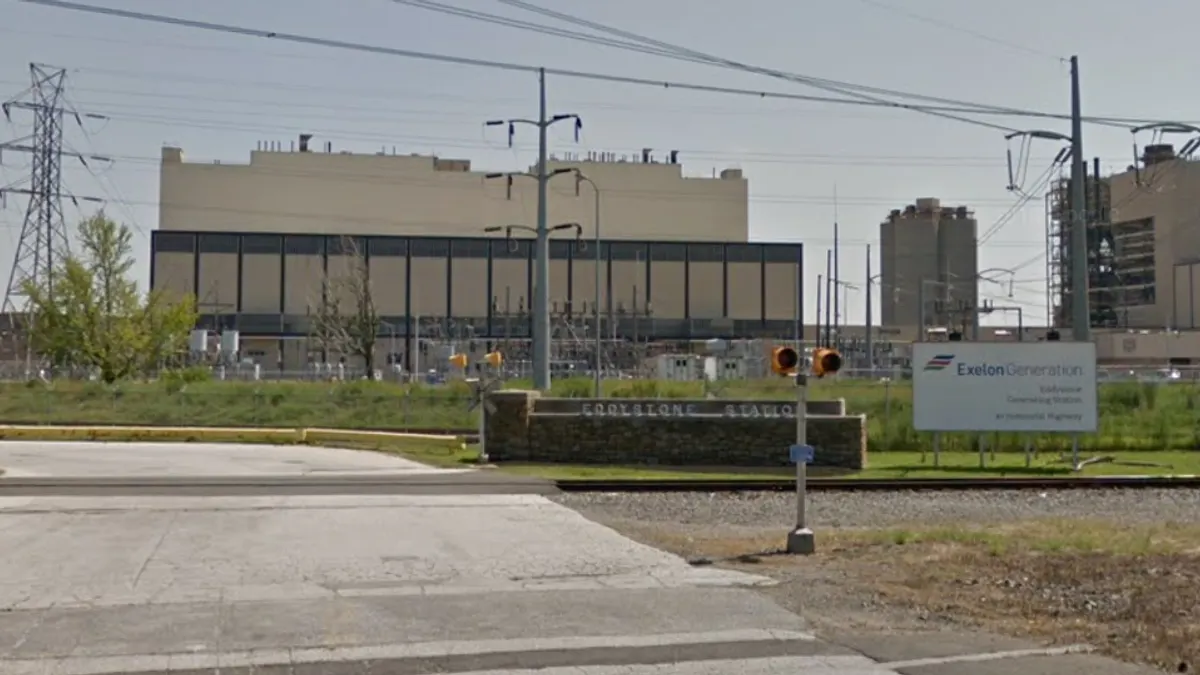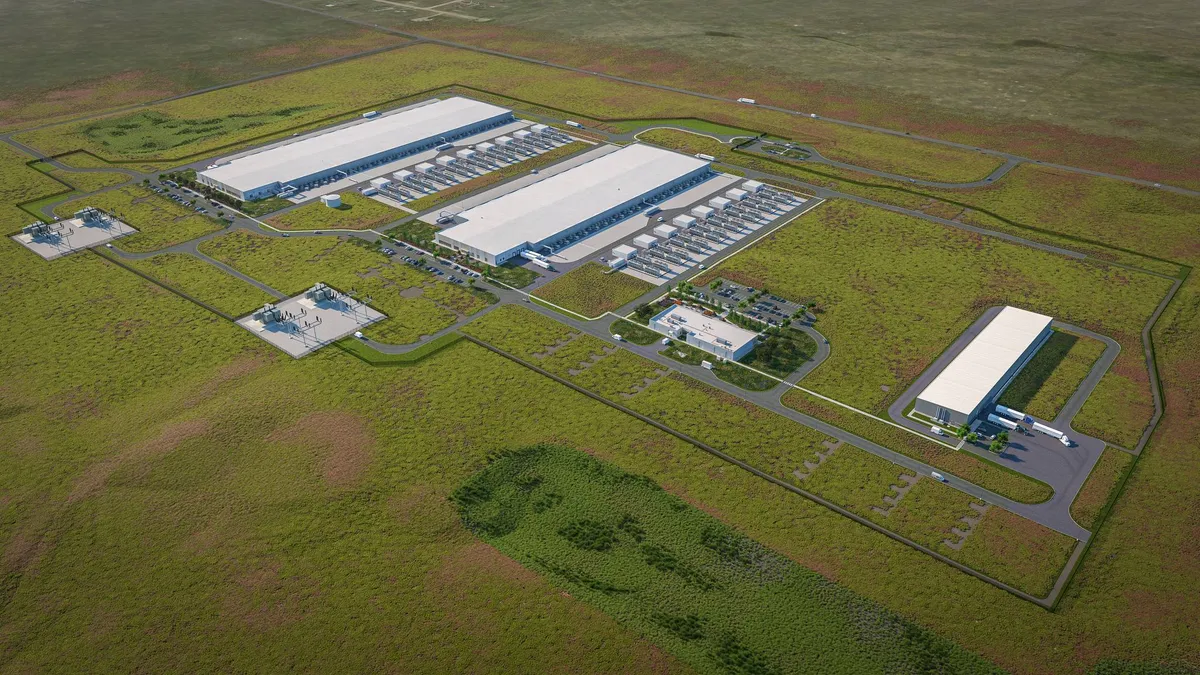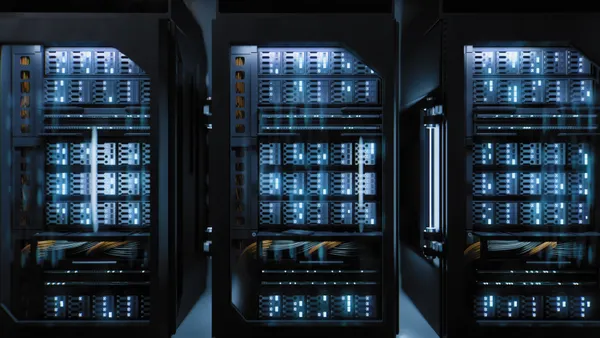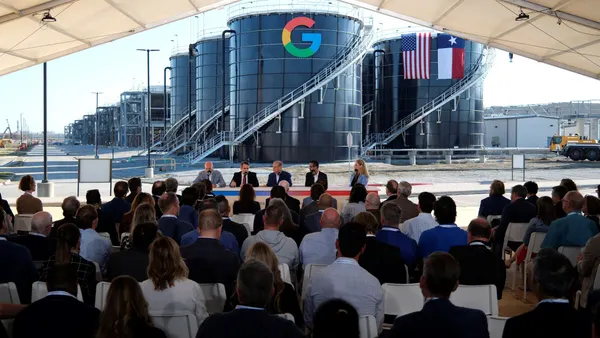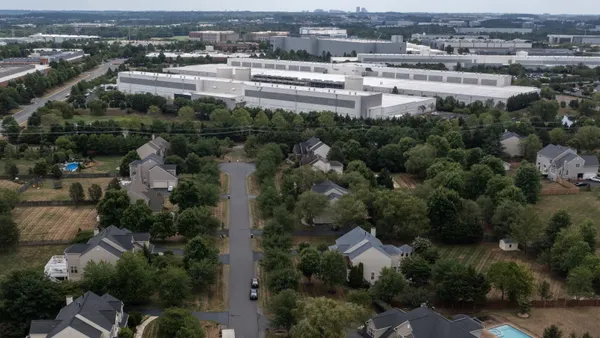Artificial intelligence (AI) is reshaping industries at an unprecedented pace. But one sector that has been slower to embrace AI is also one of the most important to modern life: the power grid. Much of today’s grid infrastructure was designed decades ago, long before digitalization was possible. While core operations have gradually moved onto IT platforms, the foundational equipment remains largely analog. There are good reasons for caution; the benefits of every new technology must be balanced against the risk of outages that could impact millions of people.
That caution has served the grid well. It has kept electricity flowing safely and affordably for more than a century. But the challenges facing utilities today – rising demand from electrification, rapid growth of renewables, and the need for greater resilience in the face of extreme weather – are pushing the limits of legacy infrastructure. And AI has the potential to help meet those challenges.
What does AI readiness look like?
The power grid is often described as the world’s most complex machine. In the U.S. alone, hundreds of thousands of miles of transmission lines, millions of miles of distribution wires, and tens of thousands of substations connect everything from power plants and renewables to cities, factories, and data centers. Yet many of these assets remain unconnected to IT systems or the internet, and isolated from the benefits that AI could offer.
Creating an AI-ready grid starts with connecting the physical and digital. Sensors, communications networks, and control platforms can turn once “dumb” assets – such as transformers, breakers, and switchgear – into sources of real-time information. With secure connectivity, utilities can begin to monitor and manage equipment more intelligently while safeguarding operations against cyber threats.
The next step is making data usable. Today, information is often stored in distinct, unconnected systems. Integrating that data allows platforms such as advanced distribution management systems (ADMS), asset performance management, and energy trading tools to generate insights that improve efficiency, reliability, and financial returns.
Hitachi Energy, together with other Hitachi Group companies, is working with utilities to build this digital foundation. The approach is illustrated as a technology stack: at the base are substations and field equipment, which are connected through sensors and secure networks. Those connections feed into data platforms and applications that enable monitoring, automation, and analytics. Layered together, this creates an end-to-end architecture for building an AI-ready grid.

Consider substations as an example. With sensors and connectivity software in place, they can become data-rich environments where equipment health and power flows are continuously tracked. When paired with automation platforms and analytics, that data helps operators integrate distributed energy resources, reroute power quickly during storms, and extend the life of critical assets. A strong cybersecurity layer protects these operations from new vulnerabilities.
Once the foundation is in place, utilities can shift from reacting to problems to anticipating and preventing them. Predictive maintenance can identify equipment at risk of failure, while AI-driven forecasting can improve renewable integration by anticipating solar or wind output fluctuations. Real-time situational awareness can also help operators manage demand peaks and restore service faster after storms.
These improvements aren’t just technical; they deliver financial value as well. Reducing emergency repairs lowers costs, while optimized trading platforms can unlock new revenue streams. In a sector where margins are tight and customer expectations are high, the ability to make smarter, faster decisions is a powerful advantage.
A journey, not a leap
The path to an AI-ready grid doesn’t have to be taken in one step. Utilities can begin small – by digitizing a subset of assets, piloting new analytics, or connecting one part of the network. Each move builds resilience and lays the groundwork for a more connected, intelligent, and adaptive grid.
And with thoughtful planning, investment in digital infrastructure, and a willingness to embrace new tools, energy providers can position themselves for success in an increasingly complex energy landscape. As other industries have shown, the benefits of AI adoption – from efficiency gains to improved service – are too significant to ignore.
For utilities, becoming AI-ready is not simply about keeping pace with technology trends. It is about ensuring the grid remains reliable, flexible, and sustainable for decades to come – supported by the tools and expertise that enable smarter, more responsive energy networks.




